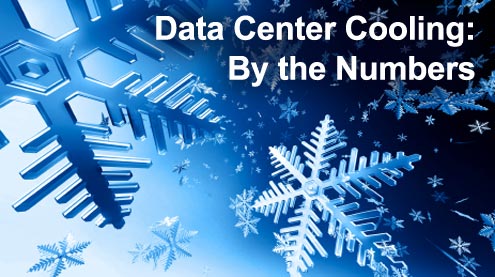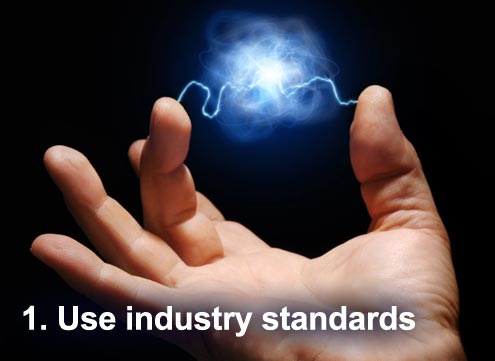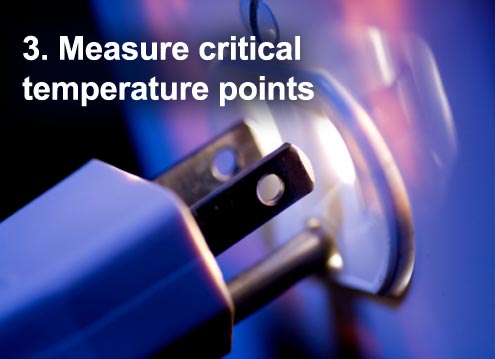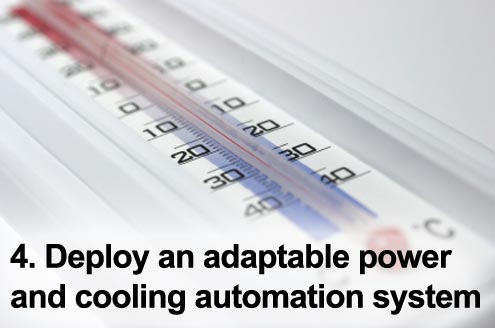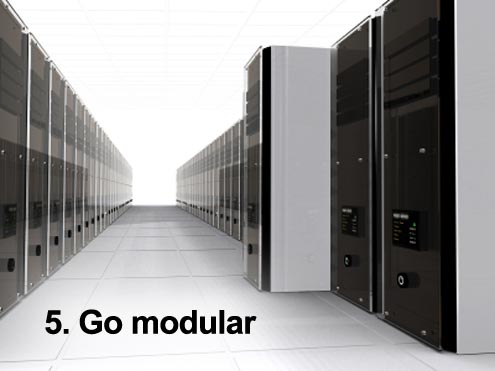
An efficient cooling system is a top priority in today’s data center, but a new cooling infrastructure isn’t just a simple software upgrade or server swap. It usually involves a fairly sizable capital expenditure and a lot of man-hours. So if there ever was a project that required a thorough planning stage, this is it. These tips will give you a foundation to begin planning or upgrading your cooling infrastructure.
Be sure to read Arthur Cole’s blog post, "New Strategies for Keeping Cool," for more information.
Click through for key measurements to include in your data center cooling strategy.
Line up industry benchmarks like PUE and DCiE to help establish a baseline to evaluate future cooling performance.
Identify existing weak spots in airflow using advanced measurement techniques such as computational fluid dynamics (CFD).
By measuring four critical temperature points (AC outlet, AC inlet, IT outlet and IT inlet), you can use simple mathematics to gauge a wide range of heating and cooling factors.
Include an adaptable power and cooling automation system to automatically compensate for fluctuations that occur in long-term and short-term periods of use.
Consider a modular approach that maysignificantly reduce power consumption and allow cooling technology to workmore efficiently.


